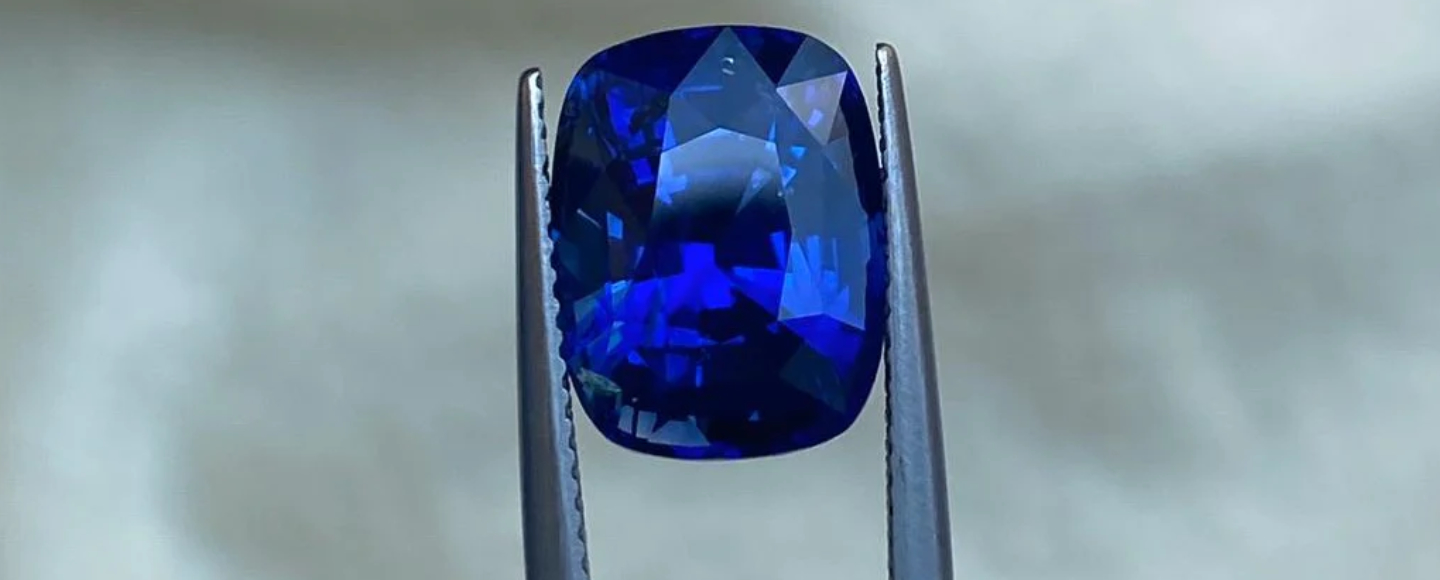How to Spot a Fake Sapphire: A Buyer’s Guide

When shopping for engagement rings Birmingham, it’s essential to know how to spot a fake sapphire. As sapphires are a popular choice for engagement rings, many buyers are eager to invest in this beautiful gemstone. However, not all sapphires are created equal, and with the increasing presence of synthetic and treated stones in the market, it can be challenging to determine if a sapphire is genuine. This guide will provide key tips to help you identify a real sapphire and avoid falling for imitations.
The first thing to know about sapphires is that they are a type of corundum, the same mineral that includes rubies. Natural sapphires come in a range of colors, with blue being the most common, but they can also appear in hues of pink, yellow, and green. Genuine sapphires have certain characteristics that distinguish them from fake ones, and being familiar with these features will help you spot a fake.
One of the easiest ways to check the authenticity of a sapphire is by inspecting its color. Real sapphires usually have a deep, rich color, with a hint of violet or green. This natural saturation is not easily replicated in synthetic stones. Fake sapphires, on the other hand, may appear too vibrant or have an unnatural hue. Be wary of overly bright or uniform colors, as this can be a sign of a synthetic sapphire or a treated gemstone.
Another way to determine if a sapphire is real is by checking its clarity. Real sapphires often have natural inclusions or imperfections, called “fingerprints,” which are visible under magnification. These inclusions are unique to each sapphire and are an indicator of its authenticity. A perfectly clear sapphire is a red flag, as most natural sapphires will have some level of inclusions. However, be aware that sapphires with visible inclusions are still valuable, and their authenticity does not decrease because of these marks.
The hardness of the gemstone is another important factor when assessing a sapphire. Sapphires rate 9 on the Mohs scale of hardness, meaning they are extremely durable and resistant to scratches. You can perform a simple scratch test using a piece of glass or another gemstone. If the sapphire scratches easily, it’s likely a fake. However, keep in mind that this test should be done with caution to avoid damaging the stone.
A real sapphire also has a distinctive sheen, known as its “luster.” A genuine sapphire reflects light in a way that creates a soft glow, often called an “indigo sheen.” This shine is different from the metallic-like sheen found in synthetic sapphires. To check the luster, observe the sapphire under different lighting conditions, particularly natural light. A natural sapphire will have a depth to its shine, while a fake sapphire may appear more artificial or overly glossy.
When buying a sapphire, it’s crucial to consider the source. Reputable jewelers, especially those specializing in engagement rings Birmingham, will provide certification or detailed information about the gemstone’s origin. A legitimate sapphire should come with a certificate from a respected gemological institute, such as the Gemological Institute of America (GIA), which can confirm whether the stone is natural or synthetic. If the seller cannot provide documentation or seems hesitant to answer questions about the sapphire’s authenticity, it’s best to walk away.
Lastly, the price of the sapphire can be a good indicator of its authenticity. Real sapphires, particularly those of high quality, can be expensive. If a deal seems too good to be true, it probably is. Be cautious of sellers offering sapphires at prices significantly lower than the market value, as this could indicate that the stone is a fake.
In conclusion, buying a sapphire, especially for an engagement ring, is an investment that requires careful consideration. By understanding the key features of a real sapphire and knowing how to differentiate it from a fake, you can confidently make an informed purchase. Whether you’re shopping for engagement rings Birmingham or any other location, always ensure you’re purchasing a sapphire from a trusted source, backed by proper certification and clear, honest information.
